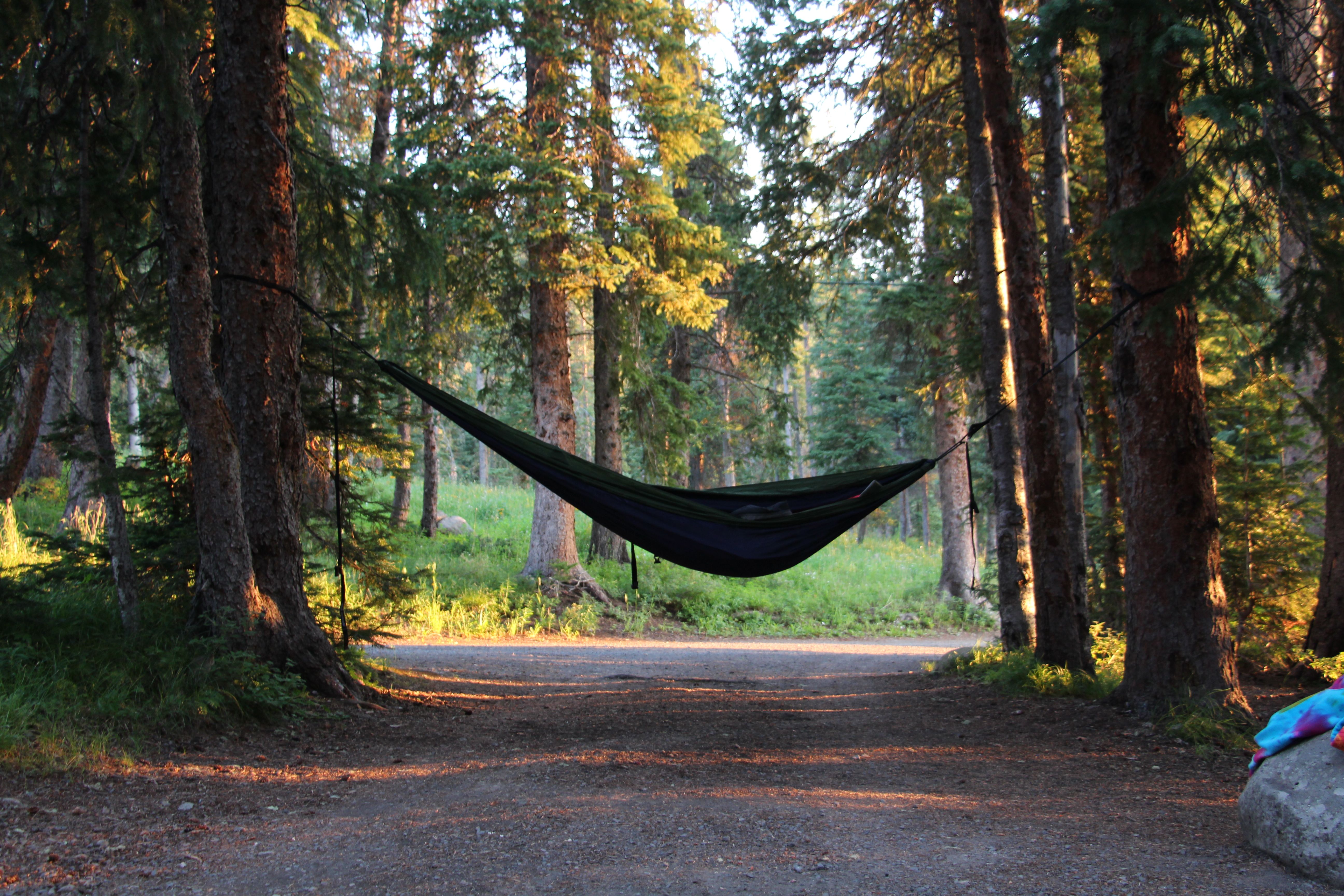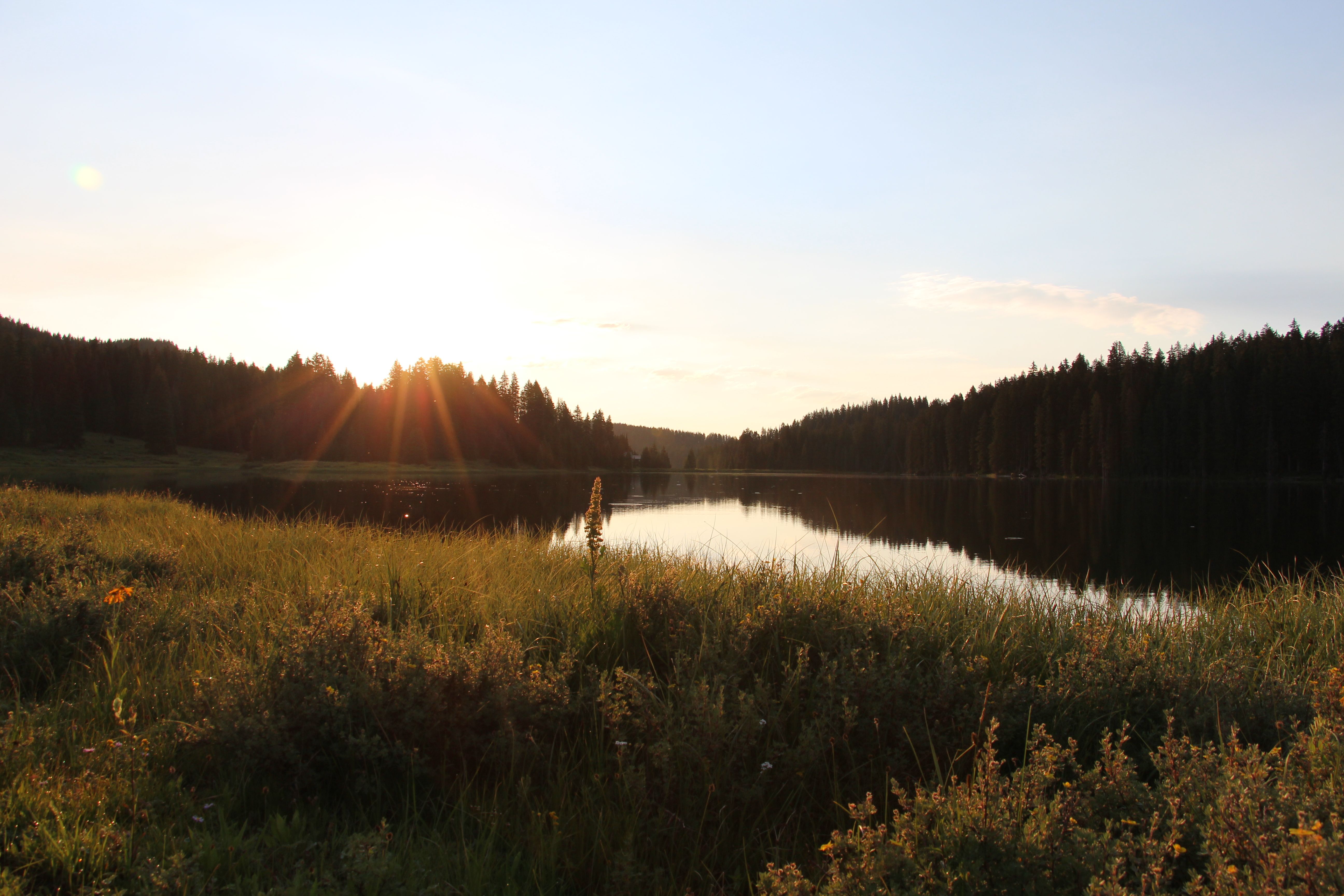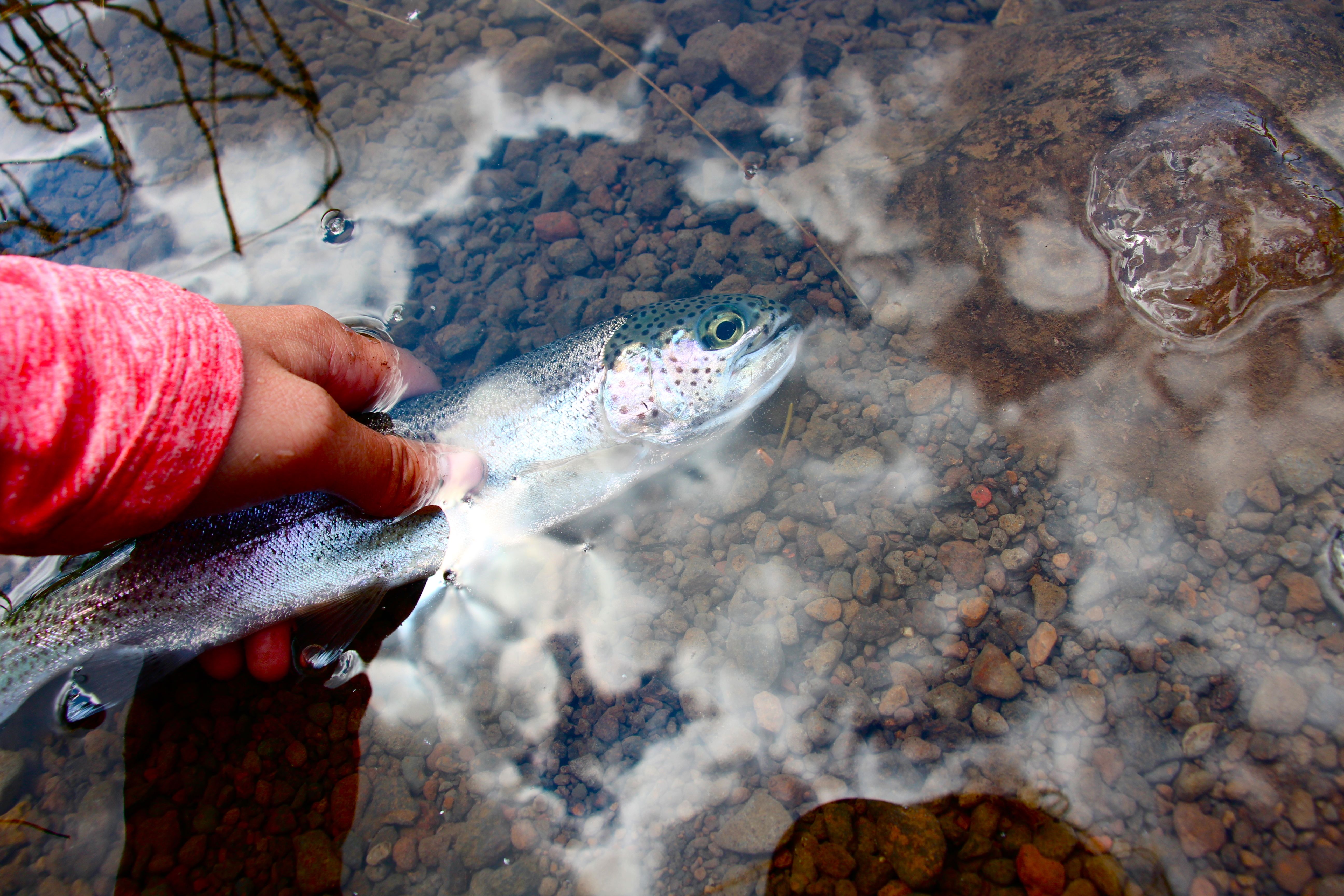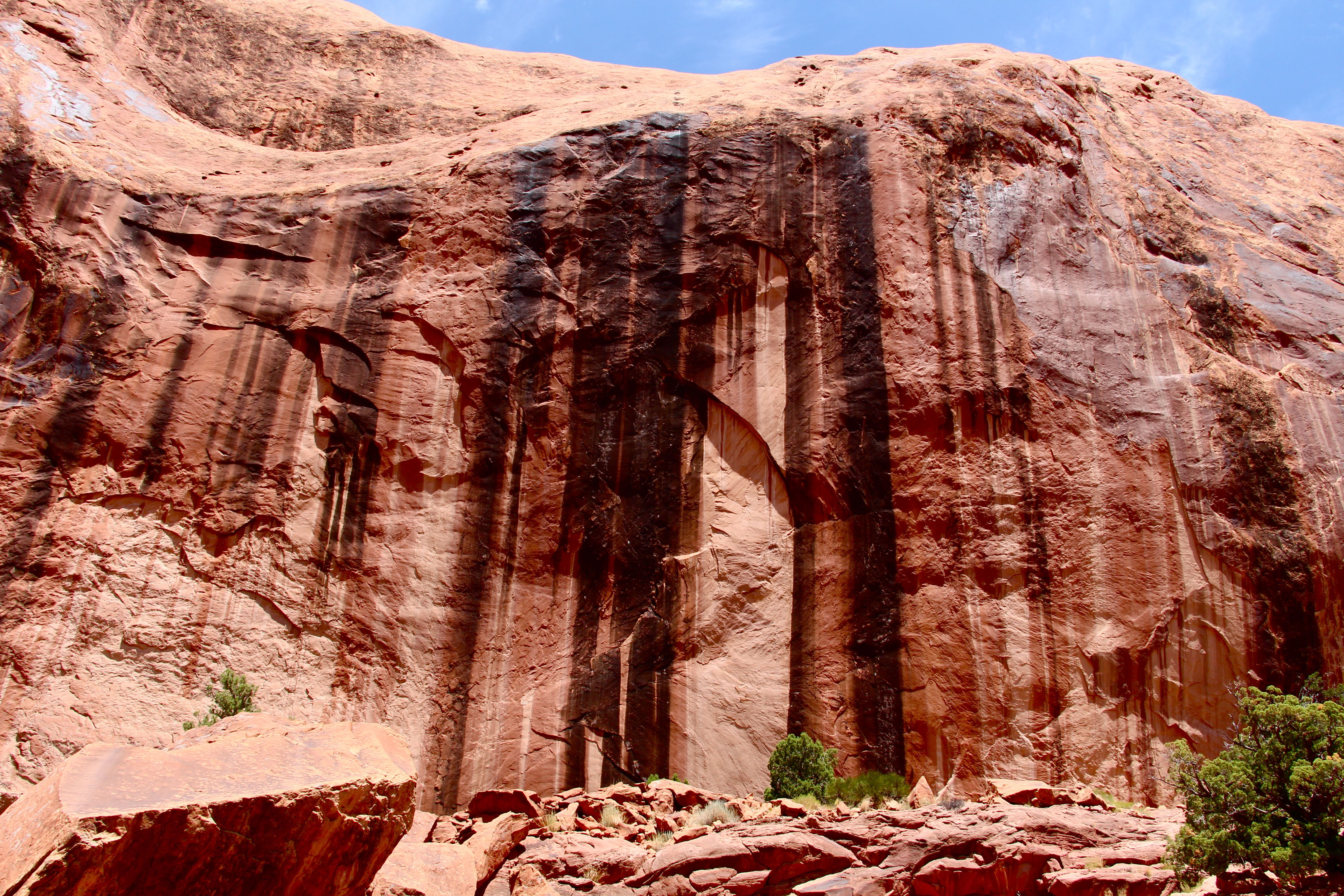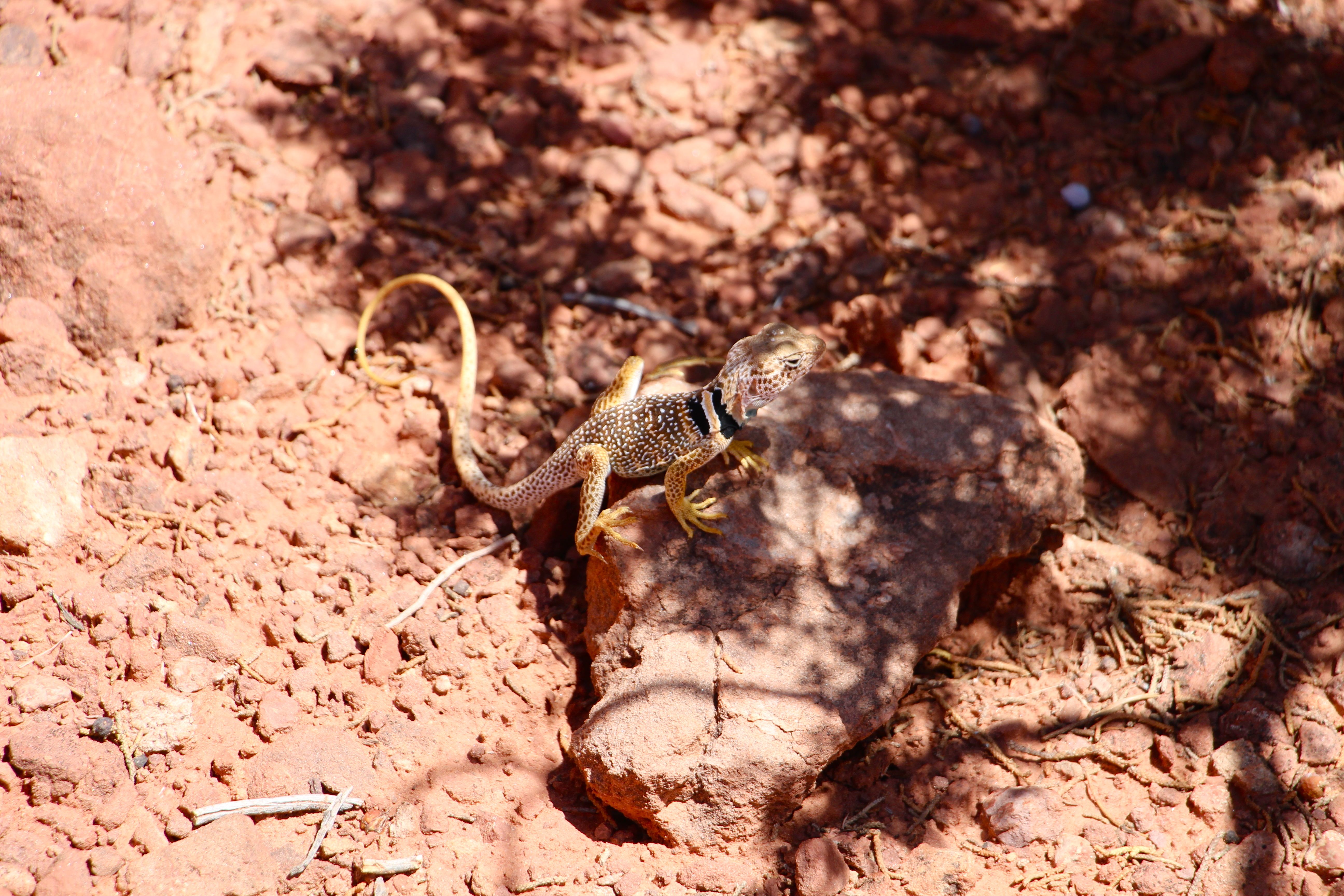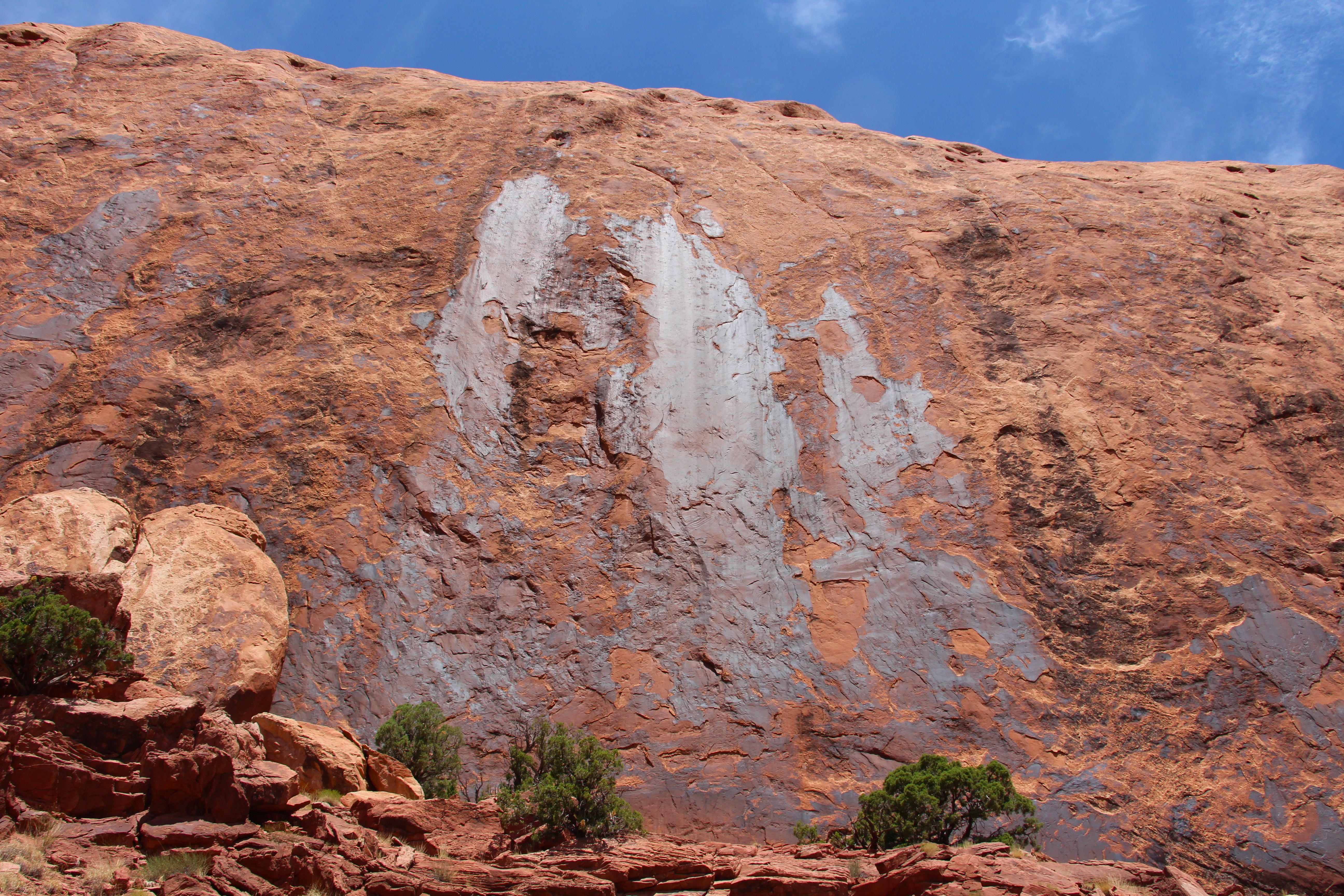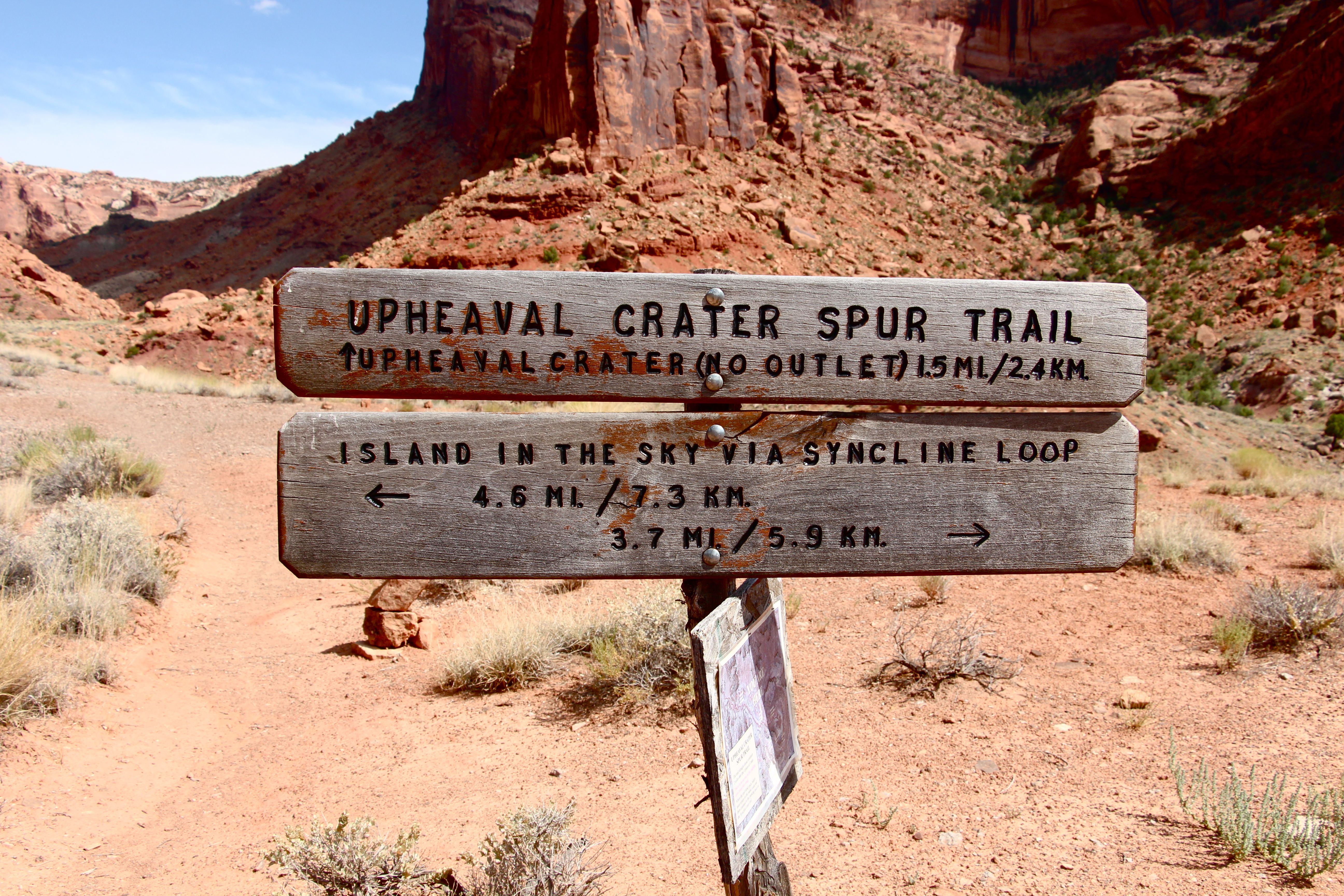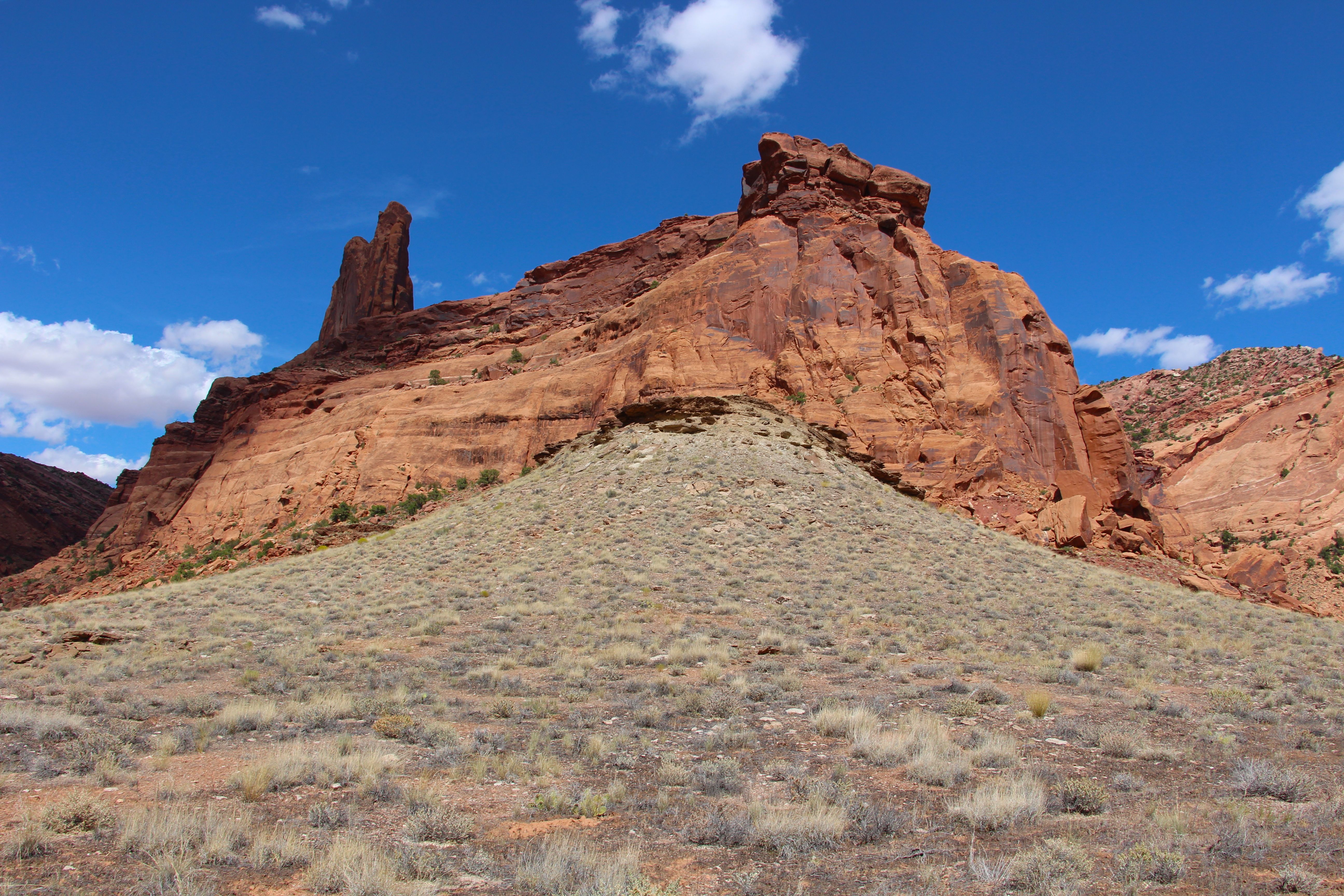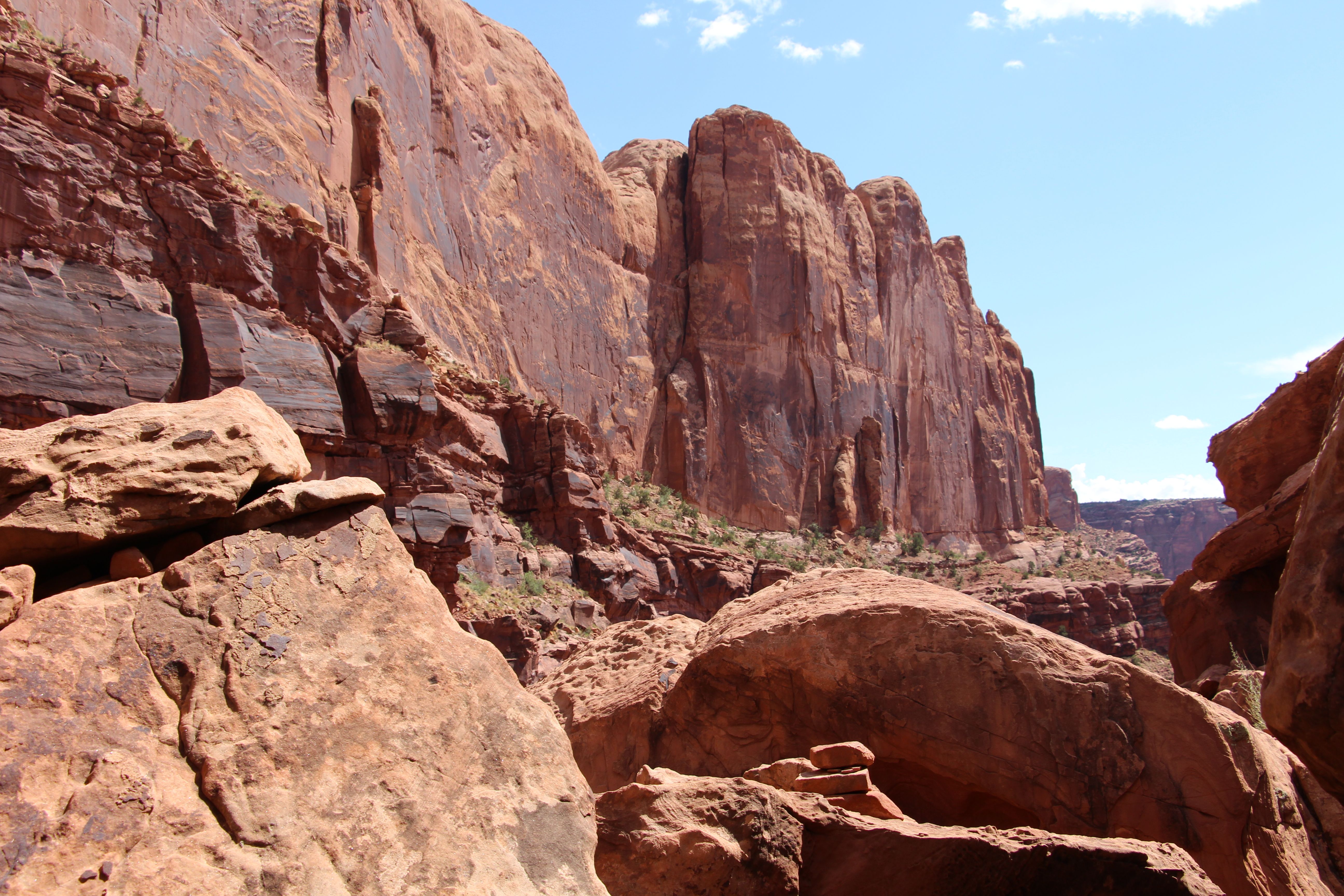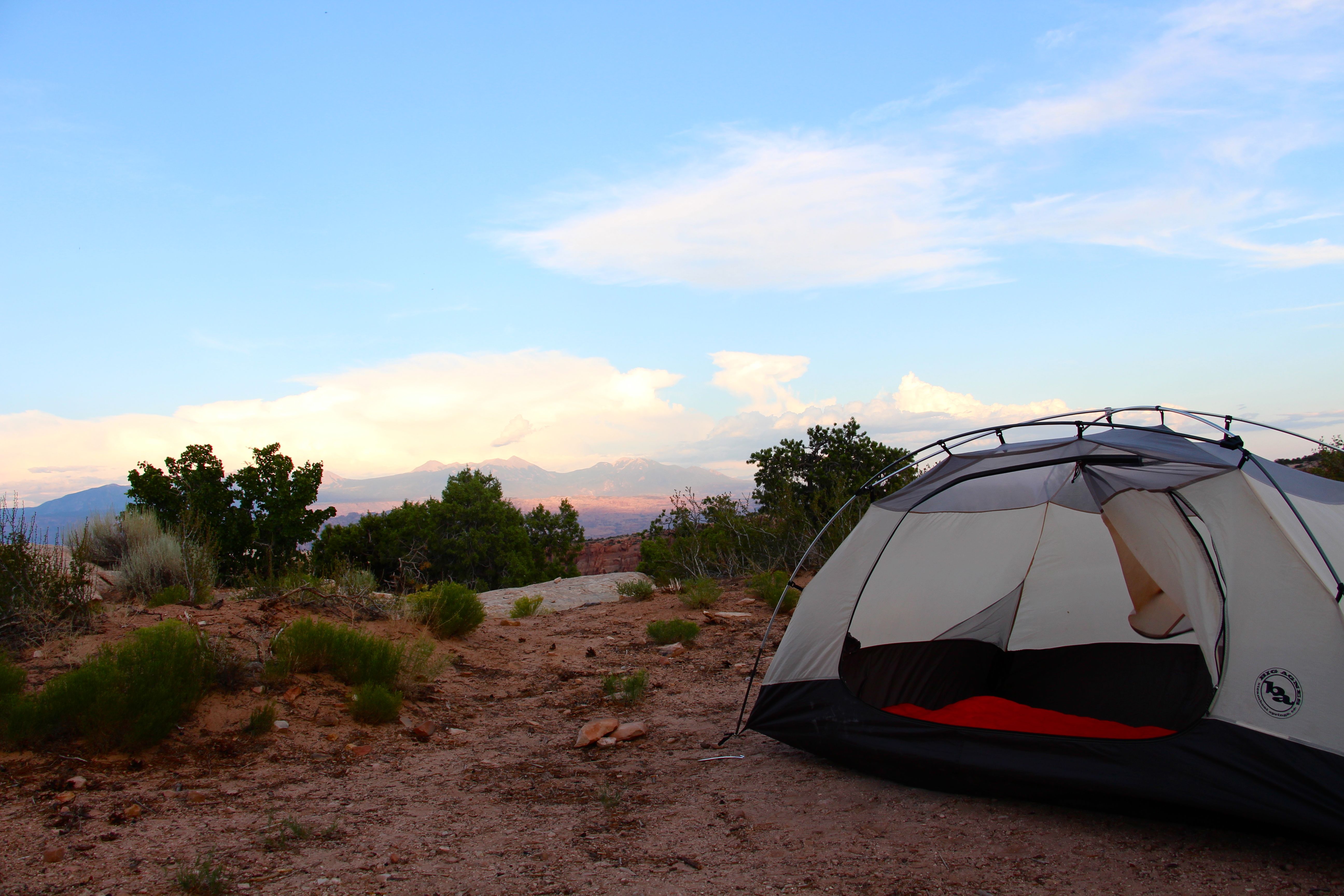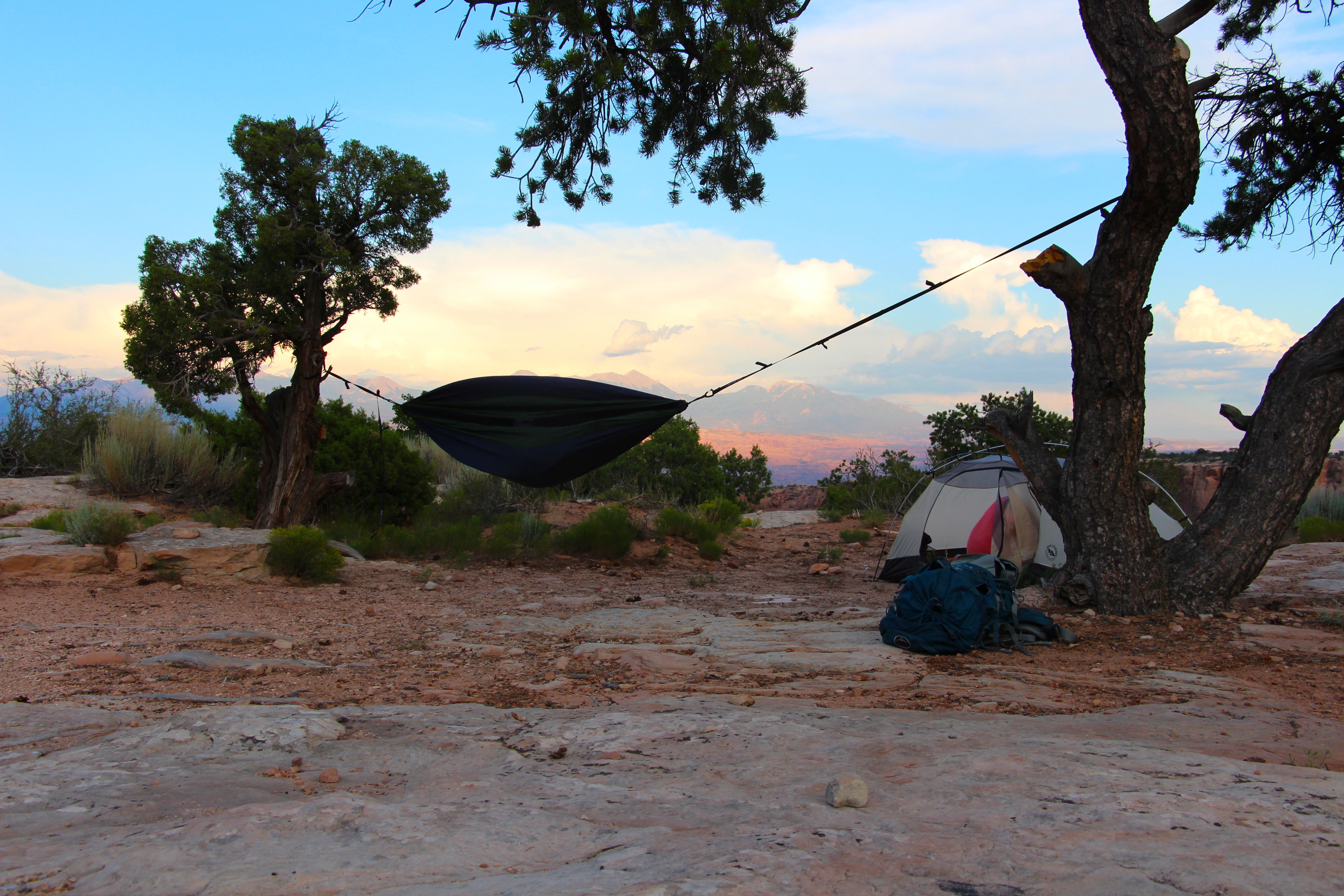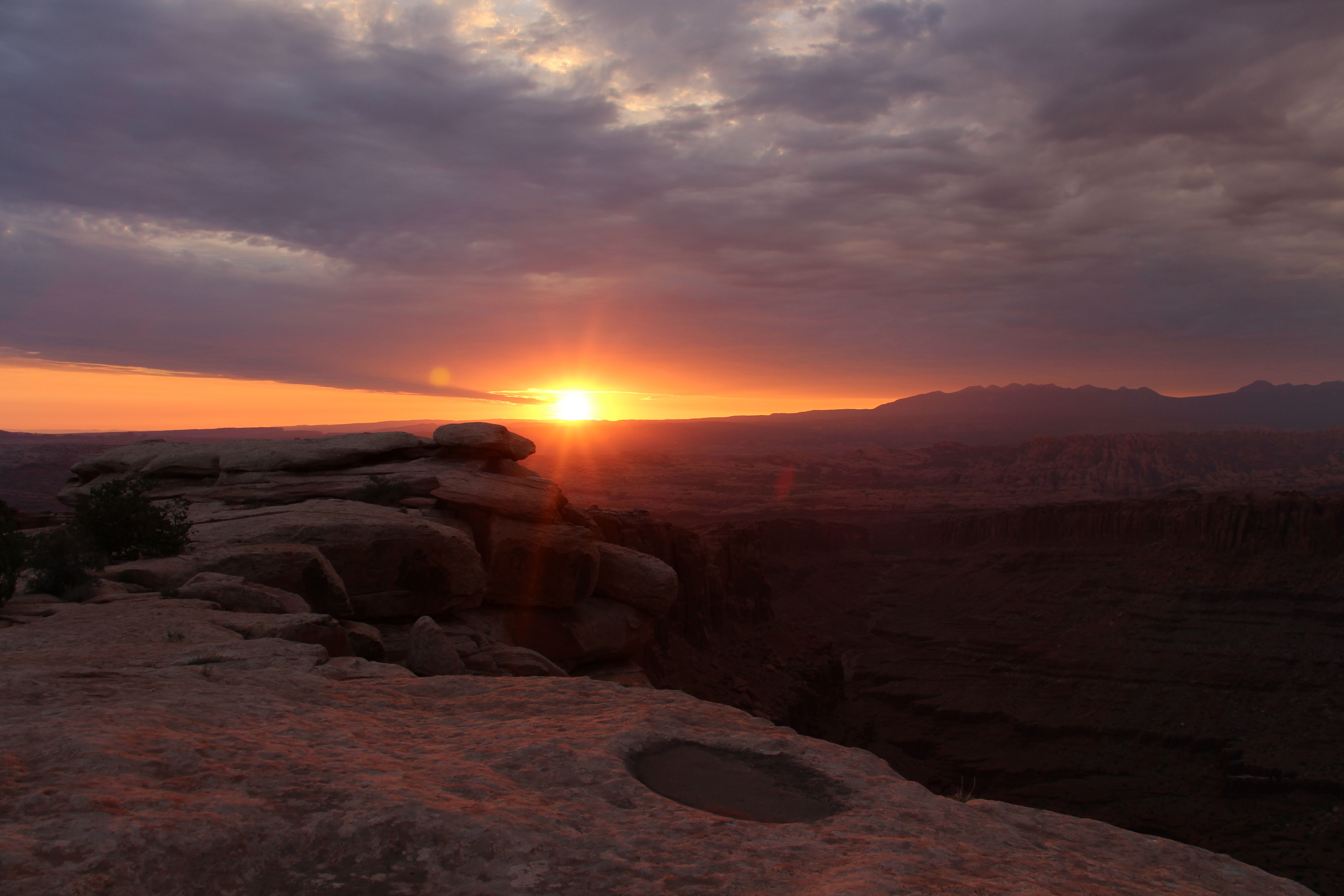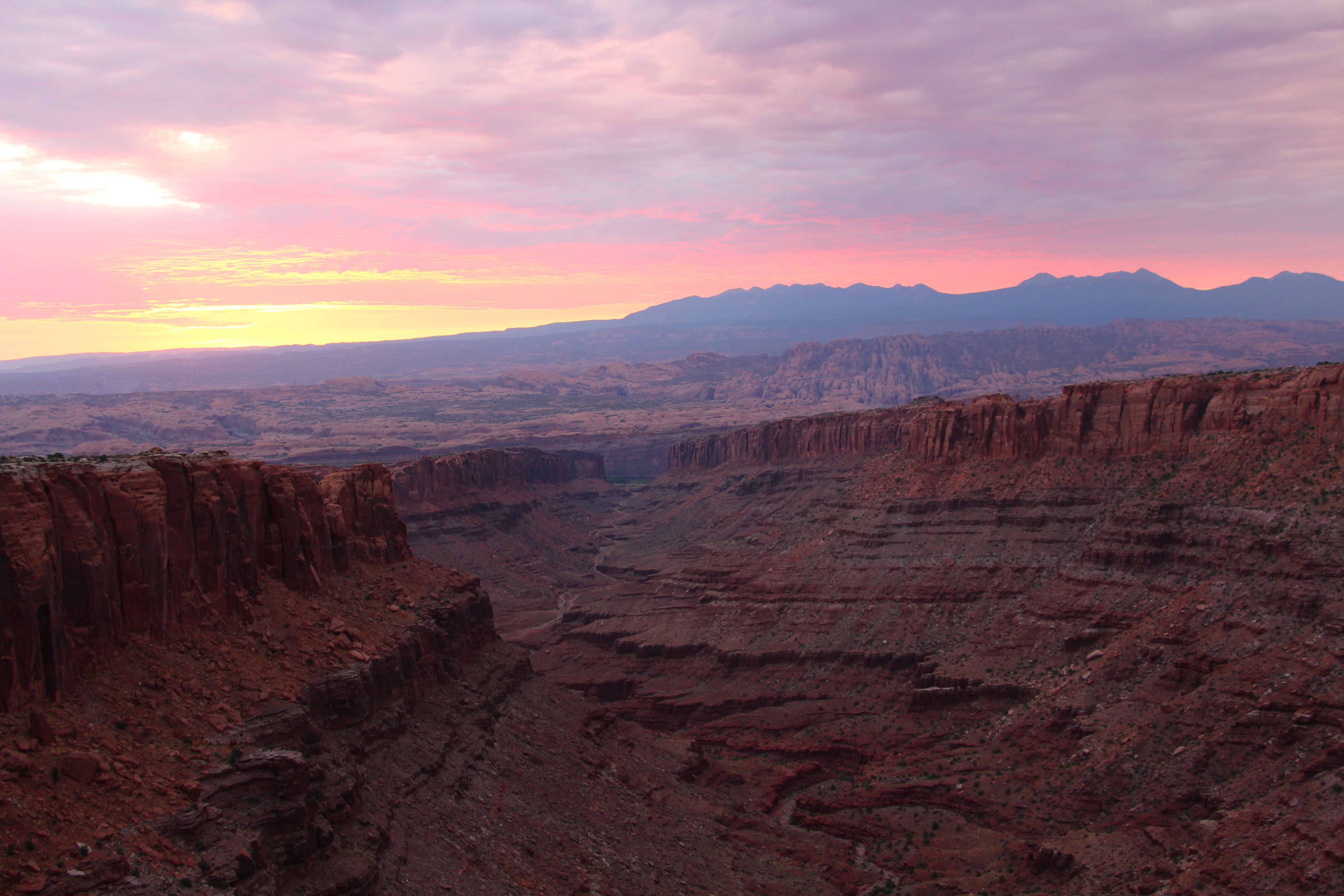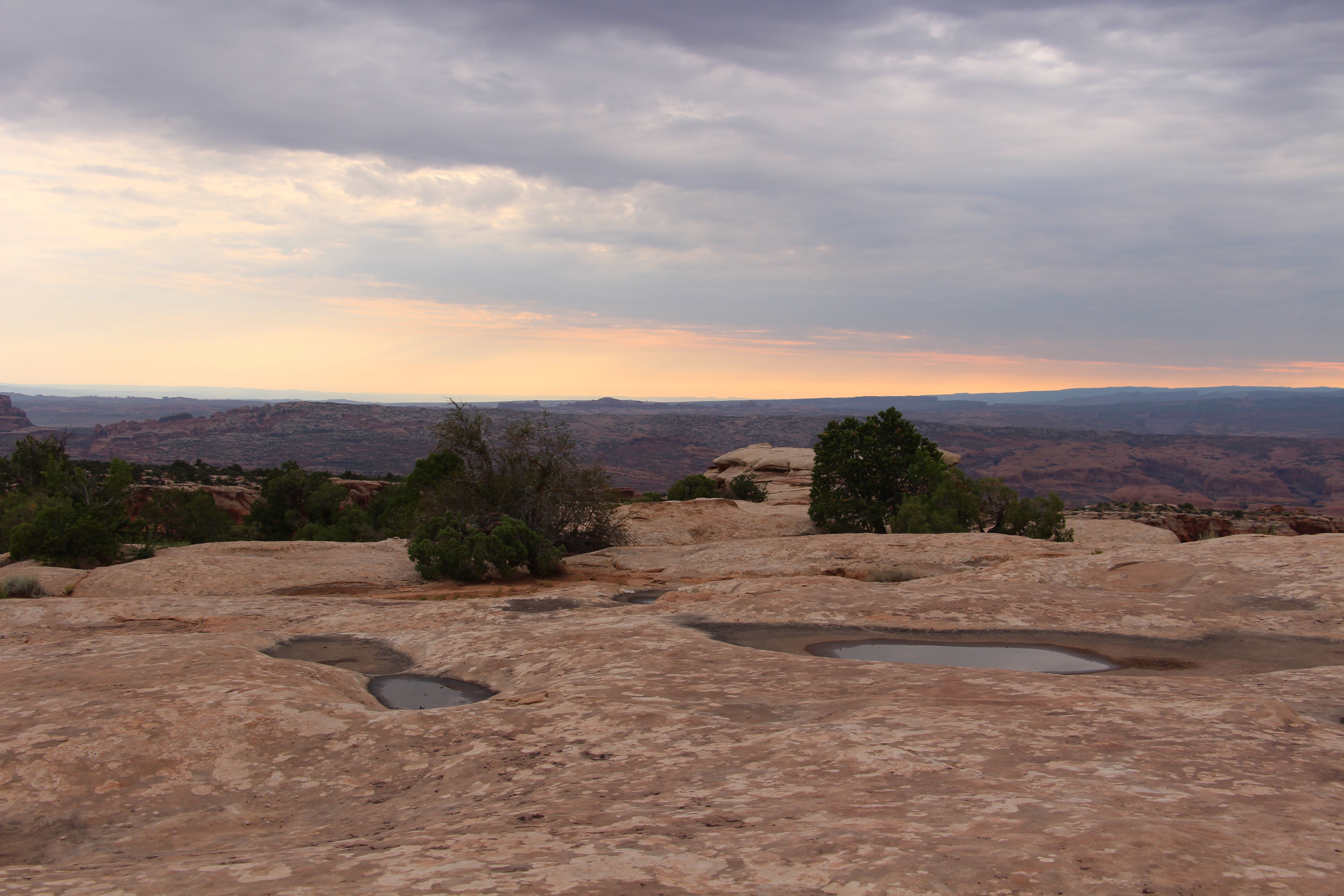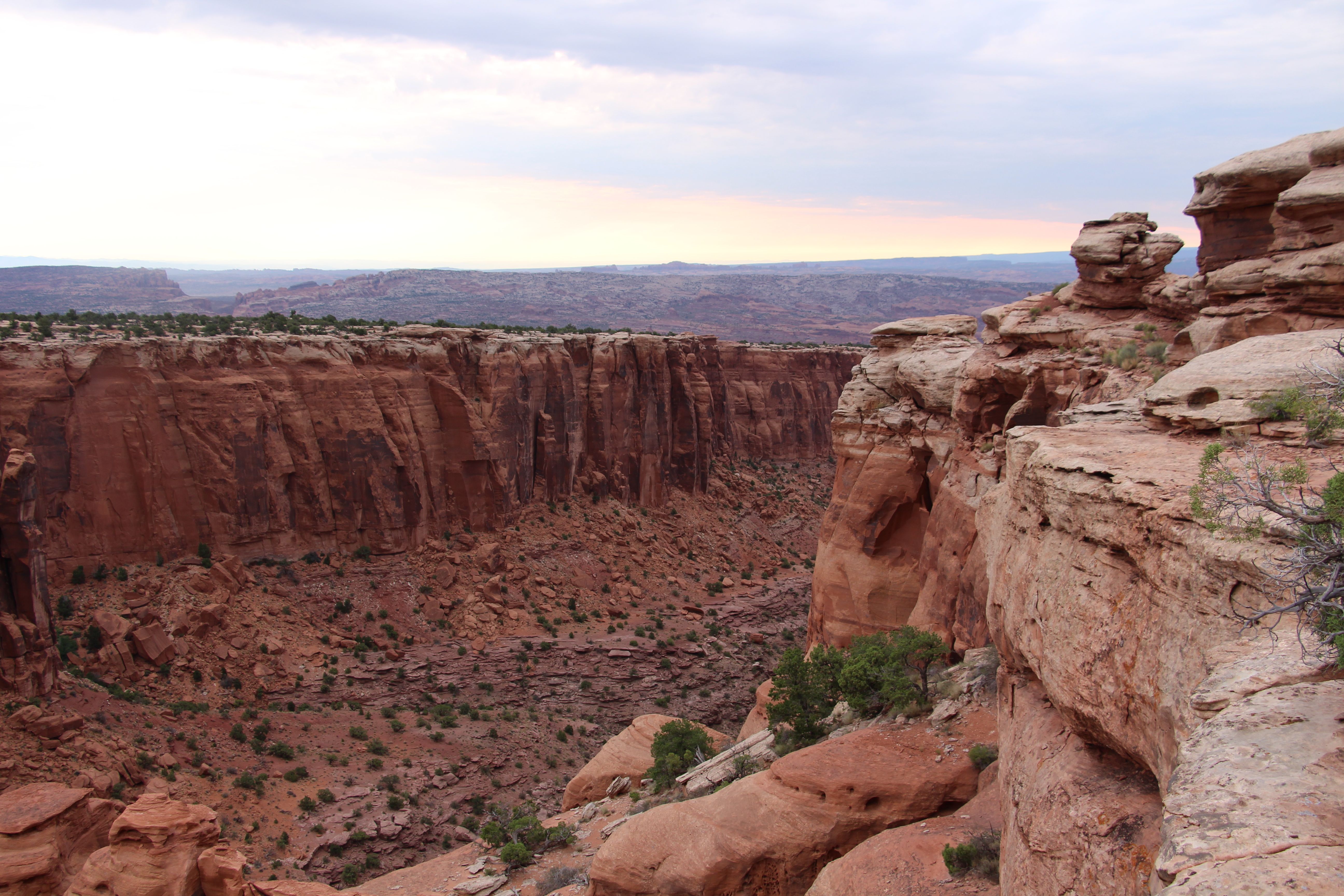Hi all!
Month #2 is officially over (what!?). We’ve only four months left of this internship (hopefully all of them will be less hot). Instead of recapping the entire month, I would like to write about a few points.
We made a collecting trip in the beginning of the month. In this trip we went to Civil War Land Trust, Seneca Creek State Park, Occoquan Bay National Wildlife Refuge, Gunpowder Falls State Park, Elk Neck State Park, Sassafras Natural Resources Management Area, Eastern Neck National Wildlife Refuge, Caledon State Park, York River State Park, Voorhees Nature Preserve, and the Vandell Preserve at Cumberland Marsh. From these places, we made collections of Schoenoplectus tabernaemontani, Sambucus nigra ssp. canadensis, Viburnum dentatum, Carex vulpinoidea, Danthonia spicata, Schoenoplectus americanus, Eleocharis fallax, Deschampsia flexuosa, Carex lurida, Bolboschoenus robustus, Juncus effusus. Woooo!
We were ecstatic about finding the D. spicata and D. flexuosa especially, as these were two species that were not collected last year! I cleaned the seeds last week of Danthonia and it took FOREVER. But they’re so cute to look at, so it was okay. By the way, Viburnum is absolutely terrible to clean. It looks like chili and smells like, well, let’s just say – gross. However, elderberry smells divine, like a fine wine in the making. OH! Something else that is cute to look at? Conoclinium coelestinum, blue mistflower. The most magical, perfect name for the most magical, perfect plant! I remember learning this plant at the UNC Herbarium, but this was the first time I saw it in person – and I fell in love. Amanda spotted this tiny lady on our way out of Caledon SP. Jake says we will be seeing it ALL over the place… I can’t wait!

blue mistflower! 🙂
Another perfect thing about this trip – although not very plant related – is this adorable place. This, ladies and gentleman, is a little coffee shop in Chestertown, Maryland. It’s called Evergrain Bread Company, and they have anything from Nutella lattes to any pastry you could want. I got this perfect honey vanilla latte one morning for breakfast before we set out to Eastern Neck NWR.

The coffee shop in Chestertown!

My perfect honey vanilla latte
While doing some herbarium research last week, I came across a species on our list – Spiraea tomentosa, steeplebush – and again, I don’t know what it is about steeplebush and blue mistflower, but MAN! I can’t get over them! If you aren’t familiar with this species, look it up! I don’t have any pictures of it unfortunately! Love love love. I can’t wait to see this out in the field!
Rubus phoenicolasius, wineberry – although invasive – is also so delicious.

wineberries!
Here are some pictures from our trip:

Jewelweed in bloom

Right in front of where we collected a Carex species at Caledon SP

Caterpillars from Heaven


Some personal side notes:
I love summer, but I’ve been noticing myself thinking about fall and cooler temperatures while we are out collecting. It will be so nice!
Sitting in the grass on the side of the road while collecting Eleocharis in the rain and doing some mindful counting is probably one of the most refreshing and relaxing feelings ever.

Collecting Eleocharis in the rain. Sammy is fabulous as always.

Eleocharis seeds! So cute.
I’m really good at not scratching bug bites now.
Thanks for reading,
Melanie




